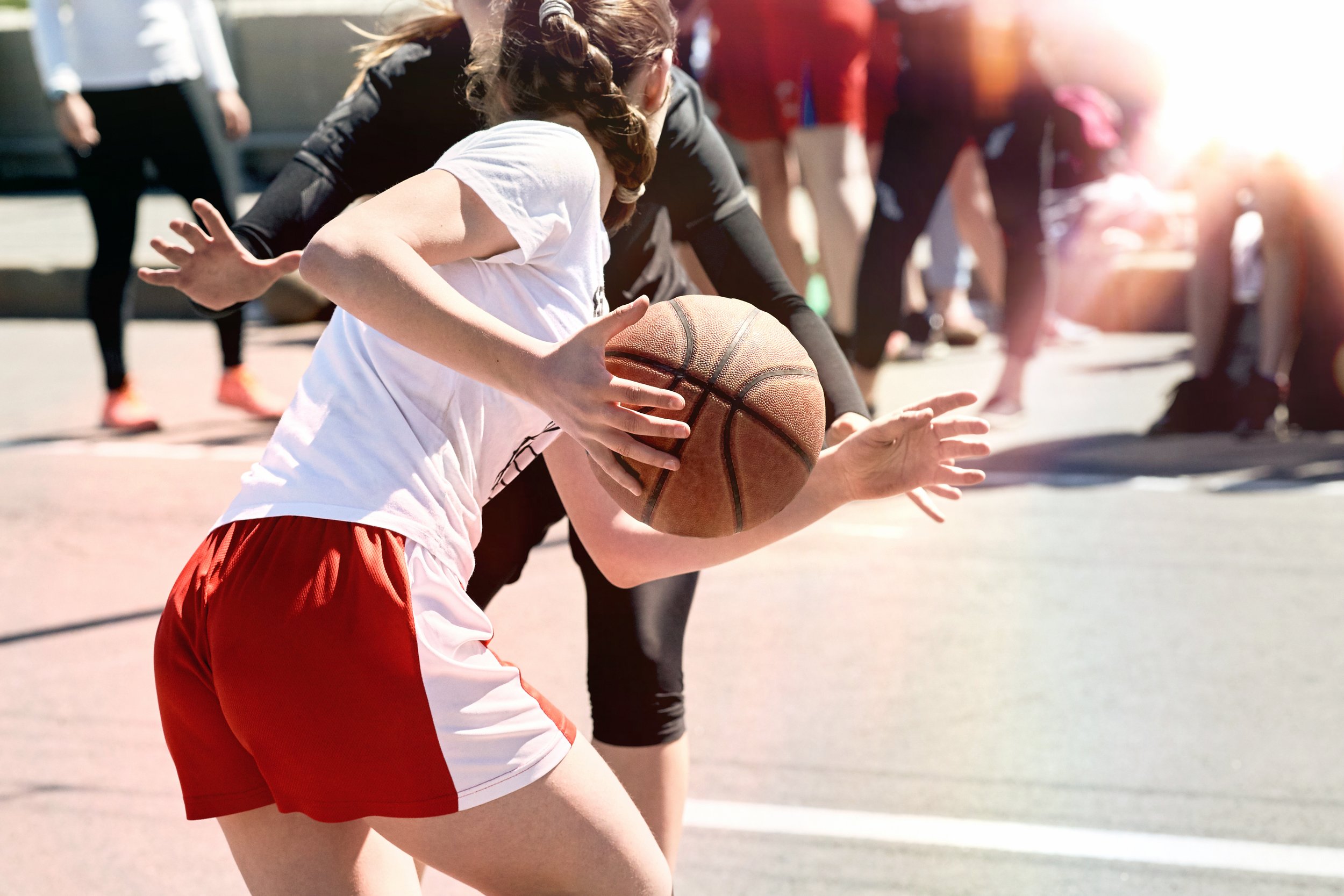What Is Jumper’s Knee?
Jumper’s Knee, also known as patellar tendonitis, affects the band of tissue below the kneecap: the patellar tendon. This tendon attaches the kneecap to the tibia (shinbone). Overuse and repetitive activities, such as jumping, cause the tissue to swell, inflame, and weaken.
Here’s how to know if you have Jumper’s Knee and the treatment options for this condition.
Symptoms of Jumper’s Knee
Jumper’s knee is a common injury in athletes and weekend warriors whose sports include frequent bending and flexing of the knee joint. These sports include:
Dancing
Volleyball
Track and Field
Gymnastics
Basketball
Figure Skating
This condition occurs when the knee repetitively:
Adsorbs the force of hitting the ground
Bends
Kicks
These activities strain the patellar tendon, leading to the tissue’s inflammation. Dr. Sterett and his team at Vail-Summit Orthopaedics & Neurosurgery often treat Jumper’s Knee in patients who complain of the following symptoms around the knee or kneecap:
Tenderness
Swelling
Pain during activity
Pain while at rest
Other symptoms of Jumper’s knee include soreness behind the kneecap and a throbbing ache near the top of the shinbone. Often, patellar tendonitis symptoms start slowly and gradually, worsening over time. If ignored or left untreated, Jumper’s Knee can completely tear the patellar tendon.
How Do You Treat Jumper’s Knee
You should always consult an orthopedic knee expert if your knee pain is:
Consistent
Prolonged
Worsening with time
Negatively impacting your daily life
Accompanied by swelling or redness in the knee joint
Once you schedule an appointment with Dr. Sterett at one of his two conveniently located Vail Valley clinics, he and his team will diagnose your knee pain using a combination of medical history, physical exams, and imaging tests. Once your Jumper’s Knee has been formally diagnosed, Dr. Sterett with work with you to design a treatment plan that fits your lifestyle and gets you back to doing the activities you love.
Thankfully, most of Dr. Sterett’s patients with Jumper’s Knee resolve their condition nonsurgically. Some conservative treatment methods Dr. Sterett may recommend are:
Activity modification
RICE (rest, ice, compression, elevation)
Anti-inflammatory medications
Physical therapy
Steroid injections
In some instances, Dr. Sterett may recommend surgery to treat Jumper’s Knee. Surgical intervention for patellar tendonitis is usually reserved for conditions that have resulted in a tendon tear or damage to the surrounding tissue.
Symptoms of Jumper’s Knee? Contact Team Sterett Today!
Pain, swelling, and tenderness in the knee should never be ignored. Contact Dr. Sterett at Vail-Summit Orthopaedics & Neurosurgery today! He and his time will accurately diagnose your knee pain and design a treatment plan that’s right for you.
Schedule your appointment by calling (970) 476-7220 or by using Dr. Sterett’s online contact form.



